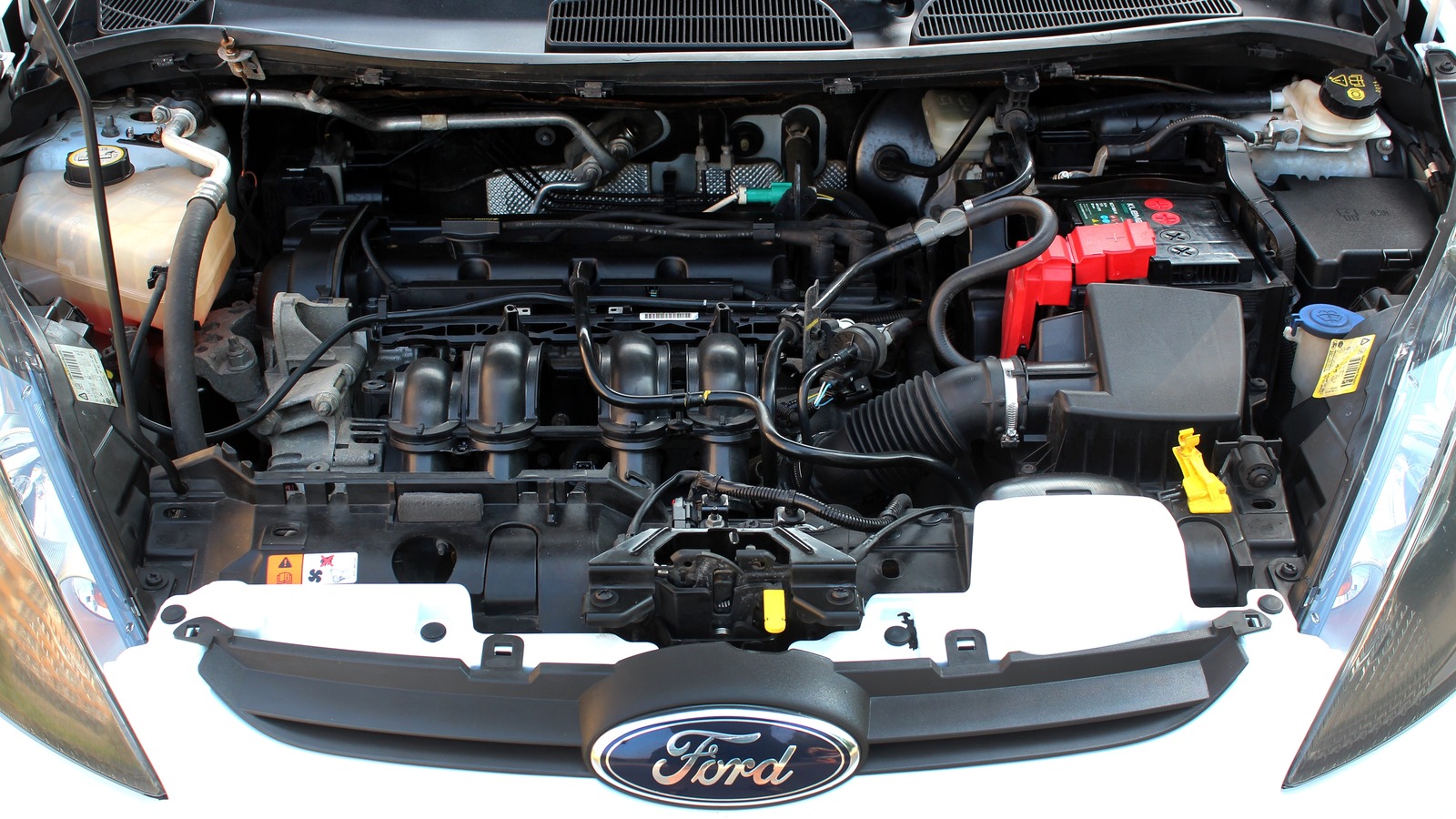| COMPONENT LOCATION |

| GENERAL DESCRIPTION |
The ECM(Engine Control Module) monitors the A/C Refrigerant Pressure Sensor. The A/C Pressure Sensor is placed in the high pressure line. This signal indicates how much load the A/C compressor is putting on the engine and is one of the factors used by the ECM in order to determine the idle air control position for the idle speed. The signal is a voltage which is proportional to the A/C pressure from 0 to 5V. Low pressure produces a low voltage signal and high pressure a high-voltage signal.
| DTC DESCRIPTION |
Checking output signals from A/C pressure sensor under detecting condition, if an signal above 4.65V lasts for more than 10 sec., ECM sets P0533.
| DTC DETECTING CONDITION |
| Item | Detecting Condition | Possible cause | ||||||||||||
| DTC Strategy |
|
| ||||||||||||
| Enable Conditions |
| |||||||||||||
| Threshold value |
| |||||||||||||
| Diagnosis Time |
| |||||||||||||
| MIL On Condition |
|
| SPECIFICATION |
| Pressure(KPa) | 101.4 | 390.9 | 1723.7 | 3031.6 | 3206.1 |
| Voltage(V) | 0.5 | 0.87 | 2.57 | 4.24 | 4.46 |
| DIAGNOSTIC CIRCUIT DIAGRAM |

| SIGNAL WAVEFORM & DATA |

Fig.1) Normal waveforms of A/C pressure sensor during the time from turning on A/C switch to turning off A/C switch.
| MONITOR GDS DATA |
| 1. | Connect GDS to Data Link Connector(DLC). |
| 2. | IG “ON”. |
| 3. | Select “DTC” button, and then Press “DTC Status” to check DTC’s information from the DTCs menu. |
| 4. | Read “DTC Status” parameter.
|
| 5. | Is parameter displayed “Present fault”?
|
| TERMINAL AND CONNECTOR INSPECTION |
| 1. | Many malfunctions in the electrical system are caused by poor harness and terminals. Faults can also be caused by interference from other electrical systems, and mechanical or chemical damage.. |
| 2. | Thoroughly check connectors for looseness, poor connection, bending, corrosion, contamination, deterioration, or damage. |
| 3. | Has a problem been found?
|
| POWER CIRCUIT INSPECTION |
| ■ Check voltage |
| 1. | IG “OFF” and disconnect the A/C pressure sensor connector. |
| 2. | IG “ON” |
| 3. | Measure the voltage between power terminal of A/C pressure sensor harness connector and chassis ground.
|
| 4. | Is the measured voltage within specification ?
|
| GROUND CIRCUIT INSPECTION |
| ■ Check open in harness |
| 1. | IG “OFF” and disconnect the A/C pressure sensor connector. |
| 2. | IG “ON” |
| 3. | Measure the voltage between power terminal of A/C pressure sensor harness connector and chassis ground.(Measurement “A”) |
| 4. | Measure the voltage between power and ground terminals of A/C pressure sensor harness connector.(Measurement “B”)
|
| 5. | Is the measured voltage within specification ?
|
| SIGNAL CIRCUIT INSPECTION |
| ■ Check voltage |
| 1. | IG “OFF” and disconnect the A/C pressure sensor connector. |
| 2. | IG “ON” |
| 3. | Measure the voltage between signal terminal of A/C pressure sensor harness connector and chassis ground.
|
| 4. | Is the measured voltage within specification ?
|
| ■ Check short to battery in harness |
| 1. | IG “OFF” and disconnect A/C pressure sensor and ECM connector. |
| 2. | Measure the resistance between signal and power terminals of A/C pressure sensor harness connector.
|
| 3. | Is the measured resistance within specification?
|
| COMPONENT INSPECTION |
| ■ Check A/C pressure sensor |
| 1. | IG “OFF” and connect the GDS. |
| 2. | Connect the probe to A/C pressure sensor signal and select the oscilloscope in the menu. |
| 3. | Check the waveform with turning on and off a/c switch after engine start. Specification :
|
| 4. | Is the measured waveform of A/C pressure sensor normal?
|













Comments are closed